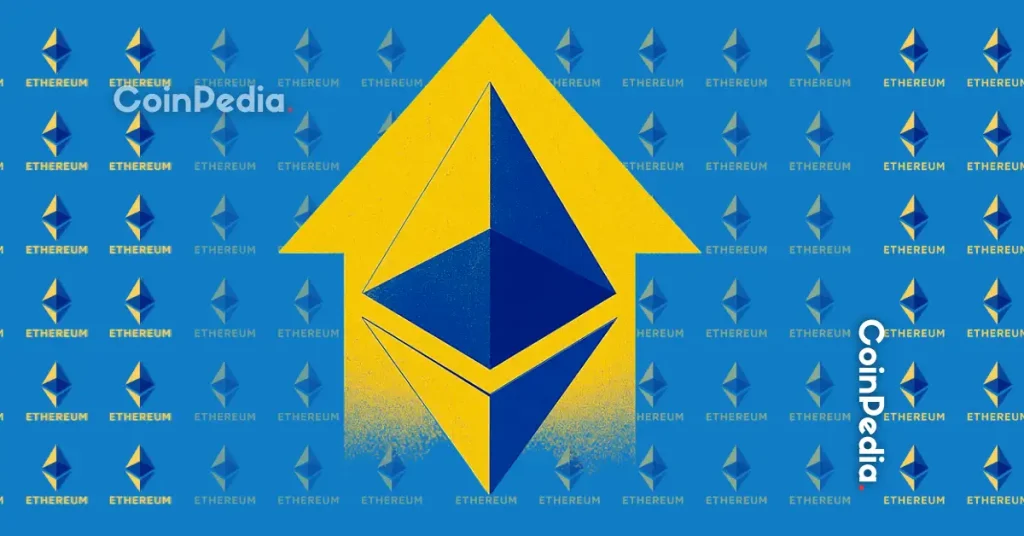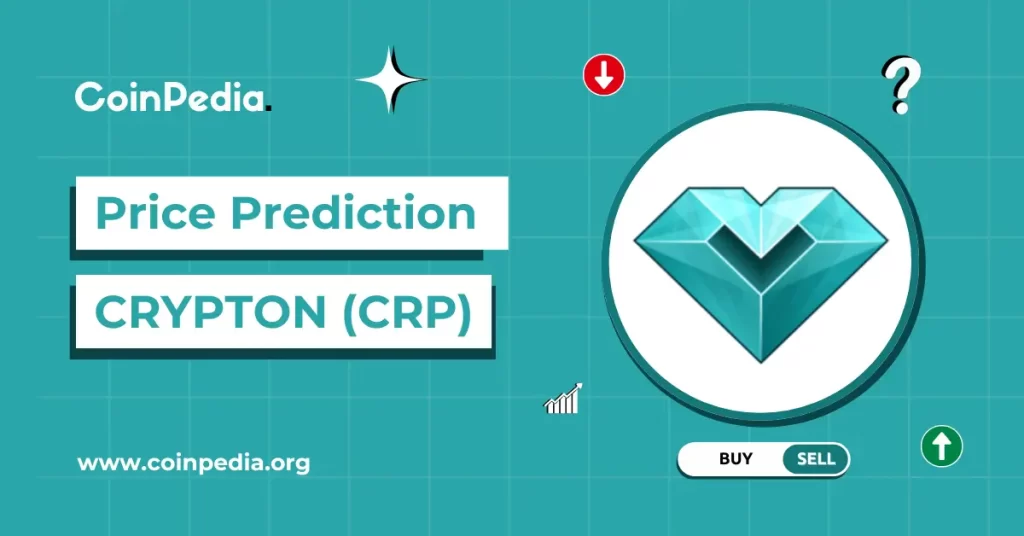
The post VanEck Highlights Fusaka’s Impact on L2 Scaling, Blob Capacity, and ETH Value appeared first on Coinpedia Fintech News
Ethereum is gearing up for its next big upgrade, Fusaka, which promises lower costs and smoother performance for users.
In its September 2025 crypto recap, asset manager VanEck highlighted that Ethereum’s scaling roadmap is entering its next phase with the upcoming Fusaka upgrade, planned for December 2025.
Here is how the upgrade could prove to be a game changer for the network.
Targeting Ethereum’s Biggest Bottleneck
The update will introduce Peer Data Availability Sampling (PeerDAS), a feature that helps improve Ethereum’s Layer-2 (L2) blockchain scalability by reducing the data requirements needed by Ethereum validators to verify the L2s. This improvement targets one of Ethereum’s biggest challenges: data availability for rollups.
The average blob usage on Ethereum has reached the six-blob target for the first time since the Dencun upgrade in March 2025.
Dencun initially capped blocks at three blobs, but after confirming network stability, the limit was raised to six in May. Since then, Layer-2 rollups have steadily filled this space, reflecting strong demand for cheap data availability and marking another step toward Ethereum’s rollup-focused scaling.
Currently, Coinbase’s Base and Worldcoin’s World Chain account for roughly 60% of all L2 data submitted to Ethereum.
Fusaka Expands Blob Capacity
VanEck notes that the upcoming Fusaka upgrade will let Ethereum increase blob capacity by
allowing nodes to verify blocks using probabilistic sampling instead of downloading all the blob data.
This means validators use less bandwidth and storage, making higher throughput possible without compromising security.
The plan is to raise blob targets gradually through “Blob Parameter Only” (BPO) forks, with Fusaka laying the technical groundwork. PeerDAS introduces complexity, relying on erasure coding and statistical guarantees, so developers are gradually increasing capacity to avoid network or validator strain.
Boosting ETH Activity
Fusaka could lower costs for L2 rollups, making transactions cheaper and boosting Ethereum activity. While it will not significantly restore L1 fee revenue, since L2 adoption takes a chunk of mainnet fees, it strengthens ETH’s central role in the Ethereum ecosystem.
As more activity moves to Layer-2 networks, the security of Ethereum’s L1 settlements becomes even more critical. This boosts ETH’s value as a store of value and monetary asset, even as L1 fee revenue declines.
In short, ETH is shifting from a fee-driven yield-bearing asset to a monetary store of value.
VanEck also warned that as institutional actors like crypto treasury firms and ETPs keep staking more ETH for yield, holders who leave their ETH unstaked could see their share diluted.
“A Fix” For Limitations
Ethereum co-founder Vitalik Buterin also called Fusaka, “a fix” for Ethereum’s current limitations with blobs and said that the core feature, PeerDAS, is trying to do something “pretty unprecedented”. He also added that safety is the top priority for Fusaka.
VanEck shared that ETH dipped slightly in September, underperforming Bitcoin, after two months of strong gains. Daily transactions fell 8.7% to 47.2M, but still the second-highest on record.
DEX volumes dropped 20.3% to $111.9B, marking the third-highest month ever, while stablecoin transfers on Ethereum totaled $1.74T, down 4% from August but up 105% year-to-date.

 2 months ago
10173
2 months ago
10173















 English (US)
English (US)